|
He was lying face down in the snow, having collapsed right in front of me as we made our way up Mt. Denali. "Kurt!" *** No response. I called for help as I rolled him over. His eyes were shut and there was ice on his beard. I shook him. He was unresponsive. Others rushed over. I shook him again. No response. And then he started mumbling in a low voice. A heart attack thousands of feet up the tallest mountain in North America. We were miles away from medical help and my climbing partner was fighting for his life! We stabilized him as best we could, radioed base camp and started making our way back down the mountain with Kurt. It was snowing and windy the whole way back. When we got there a few days later, a medical team was waiting for us. At this point in our driver's story, we were several hours into our ride into Denali National Park down the single one-lane gravel road that travels 92 miles into the park. At six million acres, Denali is one of the largest national parks in the system and one of the most remote. Established as the nation's first wildlife park, Denali protects the habitat of grizzly bears, moose, caribou, porcupines, Dall sheep and many other animals. It is an area of vast plains and massive mountains. It is fall when we arrive and the colors in the trees are mostly greens and bright yellows. But there is much more color inspired by the cooling temperatures. The ground is a patchwork of reds and purples and yellows and whites all on a background of brown and heather. Berries account for much of this ground cover and for much of the diet of the grizzlies who are now active accumulating the weight they will need to survive hibernation. You can see three of them above, one female and two cubs, foraging on blueberries and other plants. The image below captures one of the cubs in a closer view. Our driver, a park guide and mountain climber, picks up where his story left off. He is telling about his first climb of Mt. Denali ten years earlier when he was in his early twenties. It turns out we were right in our diagnosis. Kurt had suffered and fortunately survived a heart attack on the mountain. It turns out he had a history of heart disease in his family but had left that off his application form. After getting care for Kurt at base camp, the rest of us started climbing back up toward Denali's summit ridge. At 20,310 feet, Denali is the tallest mountain in North America. To lighten our load, the trip leader reassigned me to another tent for the rest of the hike which was a bit uncomfortable. I was now sharing a tent with a pair of newlyweds. Mind you our driver was interesting and very engaged with his story but this was hours into the trip and he was now telling about his first trip up the mountain after telling us about his second trip up which he had just completed weeks earlier. A proud accomplishment to be sure and an interesting insight into the world of mountain climbing. But maybe, just maybe, this would have played better as a feature length film instead of a multi-season series. He did intersperse a good bit of background information about the mountains and wildlife we were seeing. And we would stop whenever someone spotted wildlife along the road. These bears in a river bed slowed us down for awhile. We first spotted them while on a stop but we likely would not have missed them if we were driving. The speed limit on our gravel road was just 20 miles per hour. These were actually the first bears we spotted on our trip. So, they were reason to celebrate. Grizzlies in the wild. We had seen some in Yellowstone but, still, it is a treat to see them. Our second sighting came shortly after. This time it was a mother and two cubs farther away walking up a mountain. The total ride into our lodge took between five and six hours. The bus is the only way into or out of the park unless you rent a small plane and land on a runway near the lodge. This is by design and intended to protect the wildlife. Camping is allowed throughout the park on a limited basis but we passed miles of land that were off limits even to camping and hiking. As we neared the end of our trip into the Park, we spotted caribou in the distance. Their great antlers glistened in the low sun of the late afternoon. They have just shed the fur off their antlers. If you look closely below you can see some of the remnant fur still clinging to the top of the antlers. ~ ~ ~ ~
*** Note: Names are changed in the mountain climbing story. All photos and text are copyright Clinton Richardson. If you like these posts, please tell your friends about the Venture Moola blog at Readjanus.com. More of our images can be found on our companion website at trekpic.com. Feel free to share this blog with your friends. The more readers the better. Click here if you would like to get a weekly email that notifies you when we release new entries. Or, click in the side column to follow us on Facebook or Twitter. The venture moola blog comes to you from Atlanta, Georgia. Find it at readjanus.com. Copyright Clinton Richardson.
Alice F. Del Bosco
1/6/2020 07:30:57 pm
Intersting to read about my home from my southern cousin. Glad you had a plesant visit. Next time maybe you can stop in Fairbanks for a visit, would be great to see you again. Comments are closed.
|
the blog
Travel, history, and business with original photos.
your hostClinton Richardson - author, photographer, business advisor, traveler. Categories
All
Archives
July 2023
Follow us on Facebook
|
Check out Ancient Selfies a 2017 International Book Awards Finalist in History and 2018 eLit Awards Gold Medal Winner and
Passports in his Underpants - A Planet Friendly Photo Safari a 2020 Readers' Favorite Winner in Nonfiction
Site Copyright 2024 by Clinton Richardson
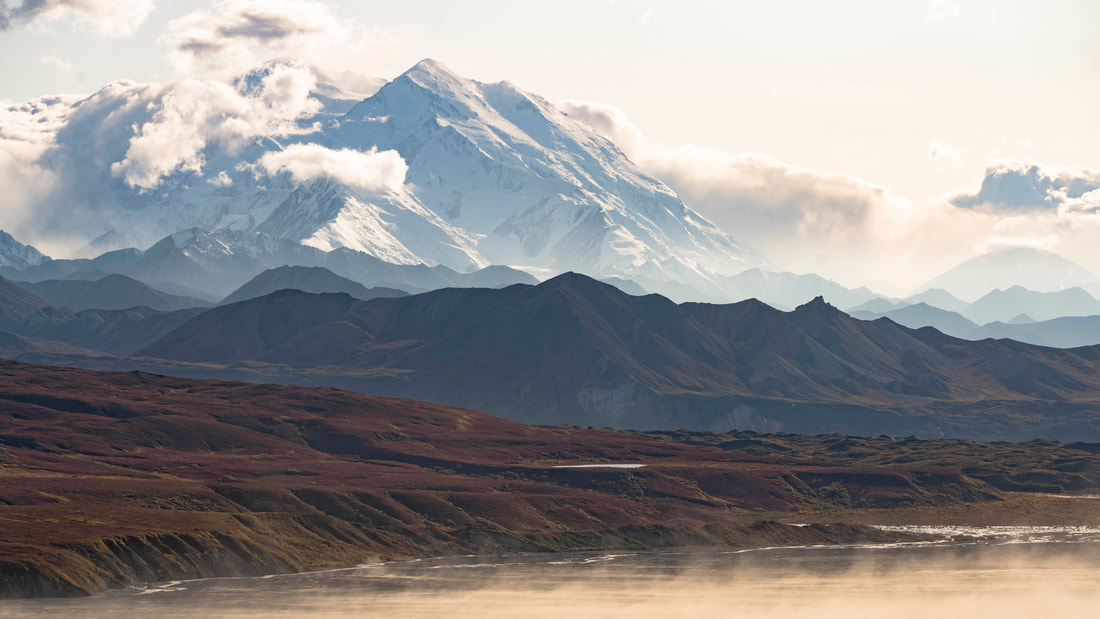
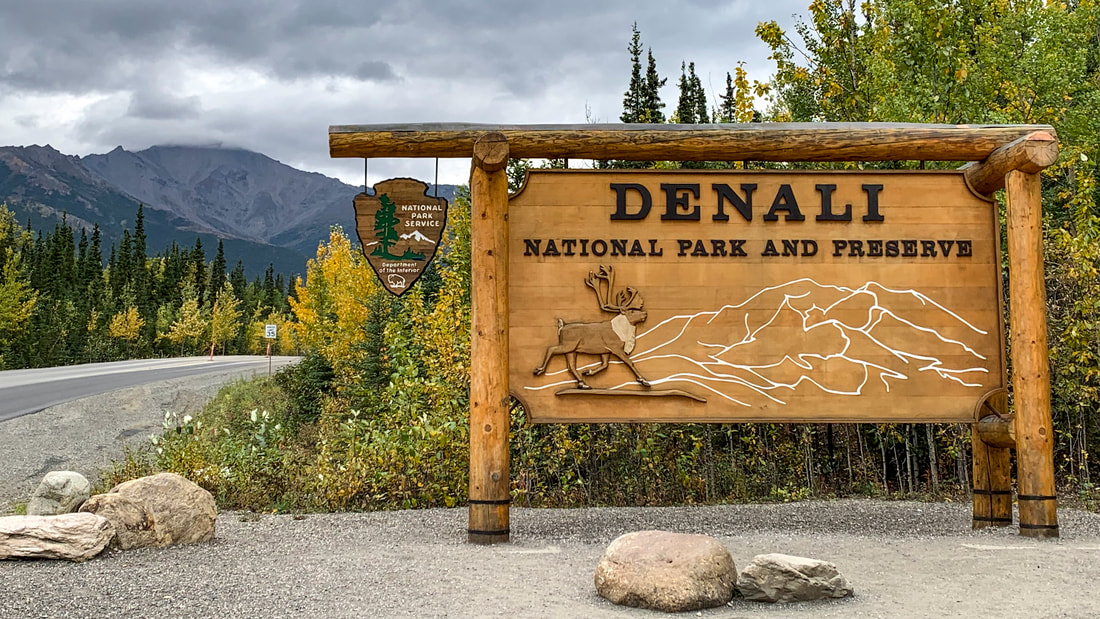
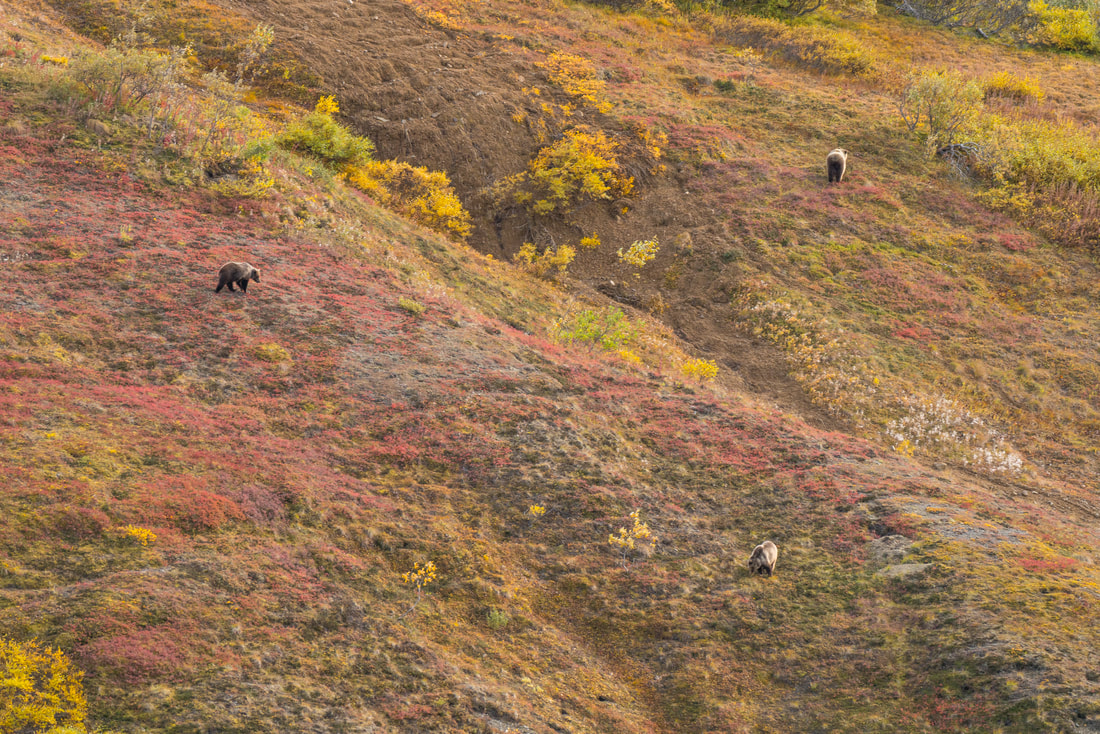
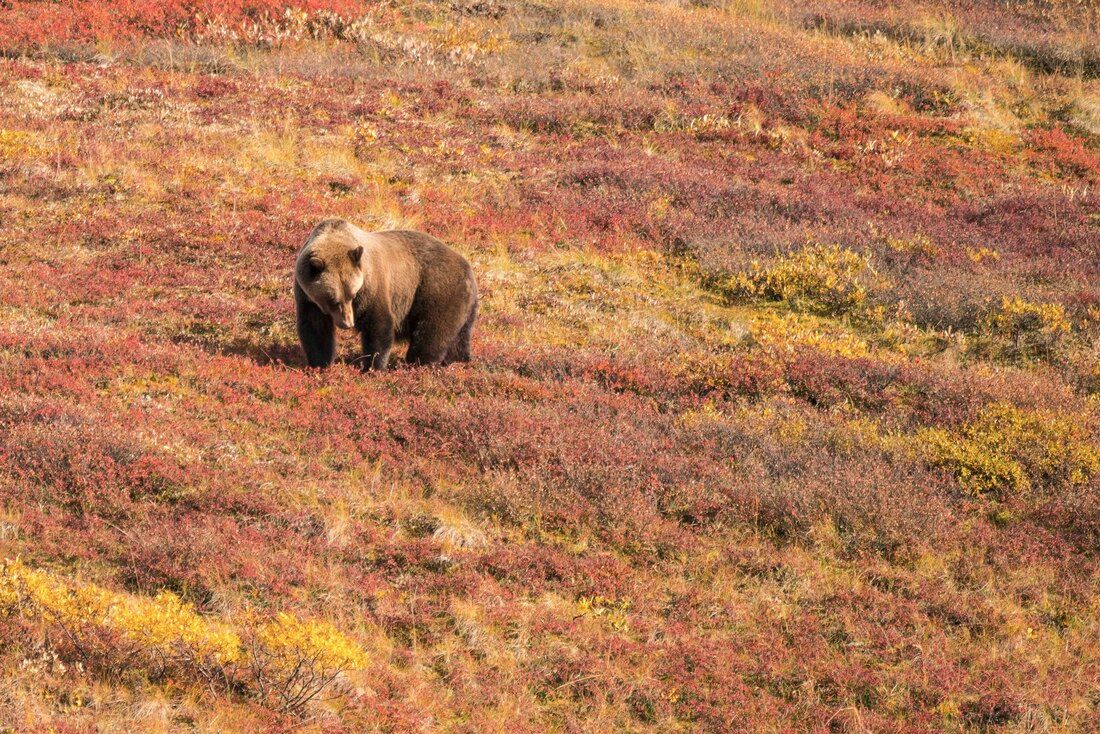
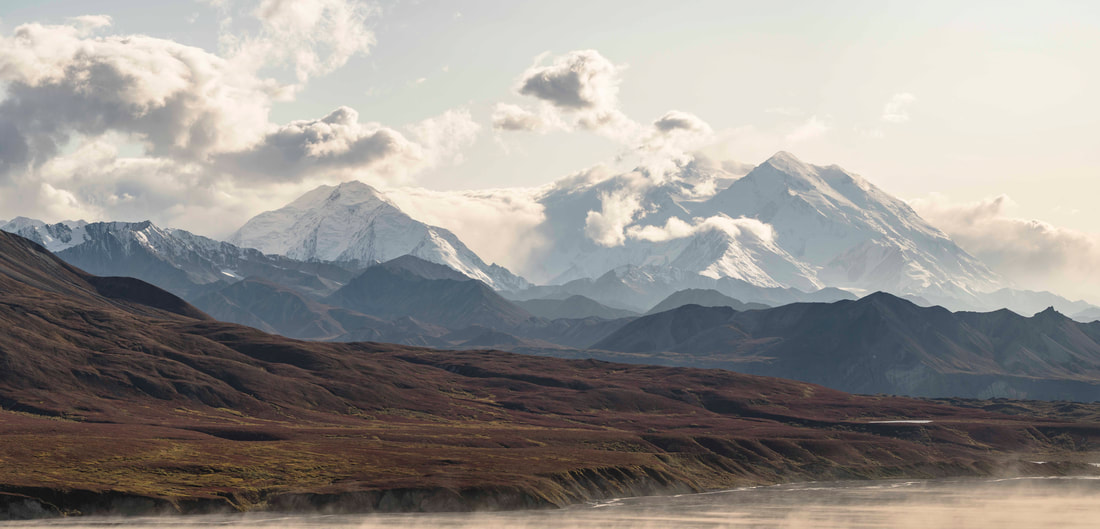
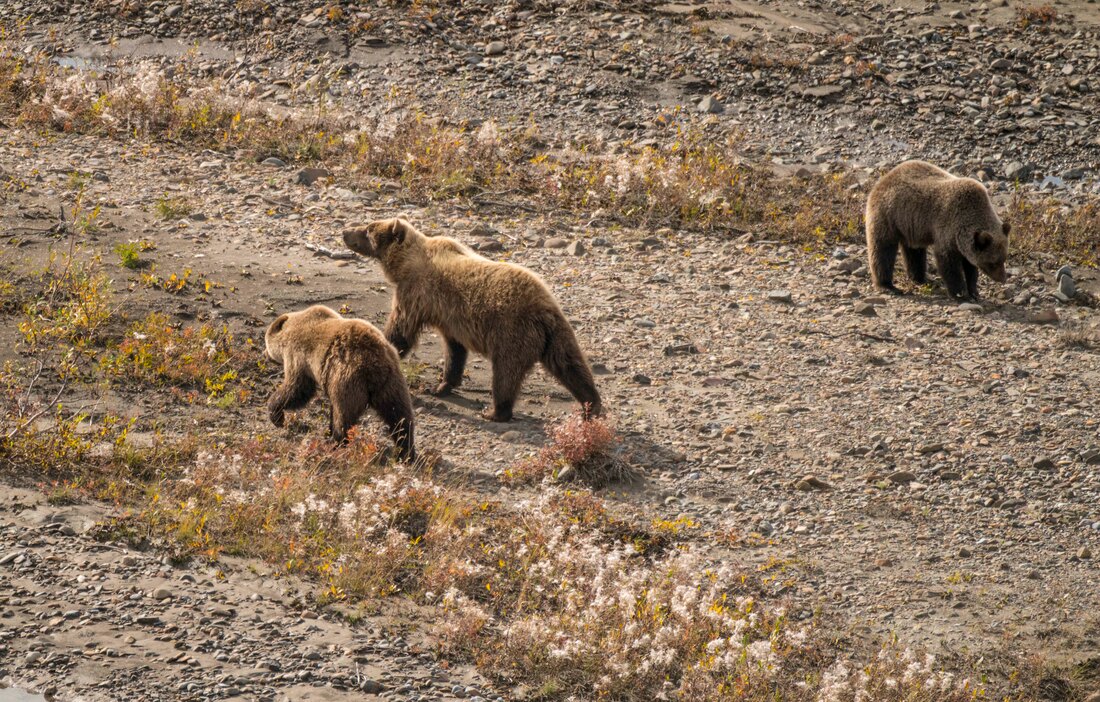
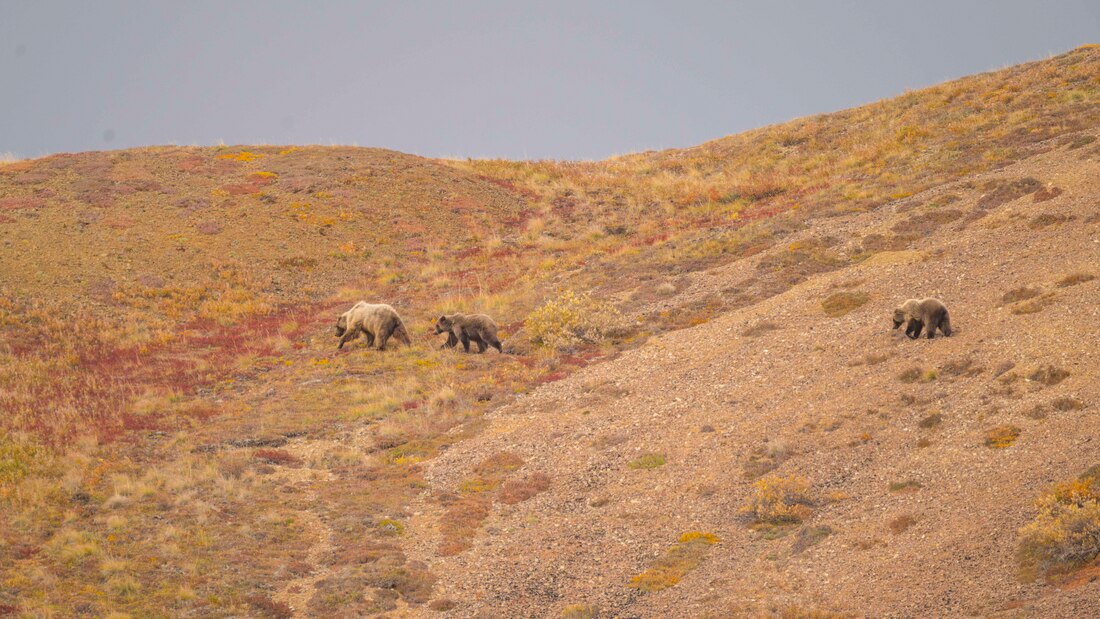
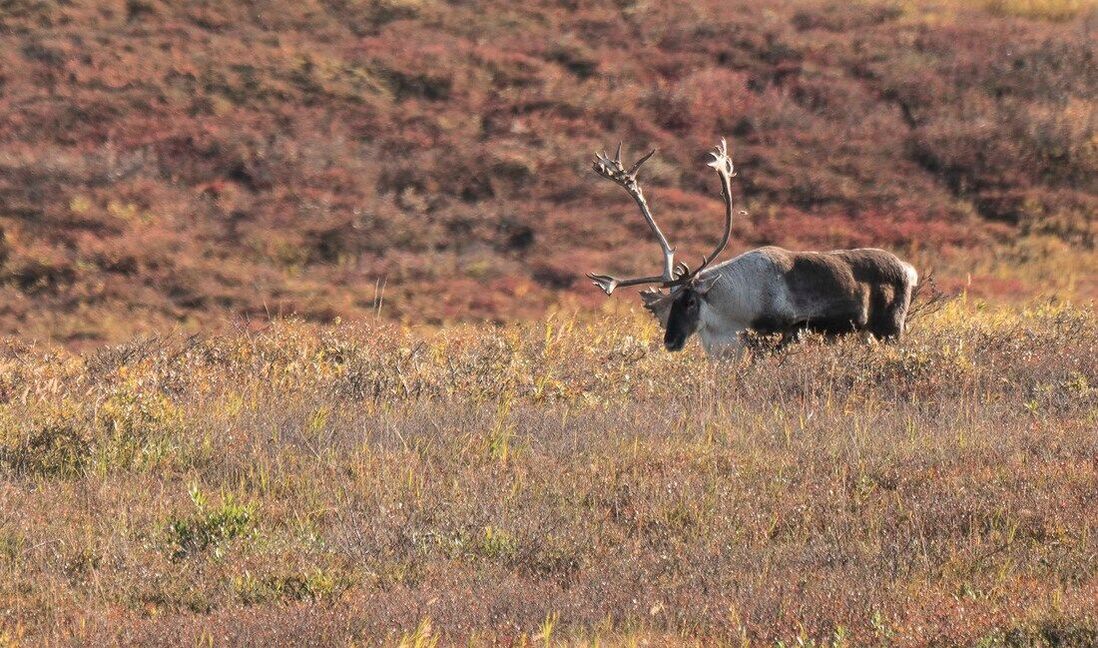
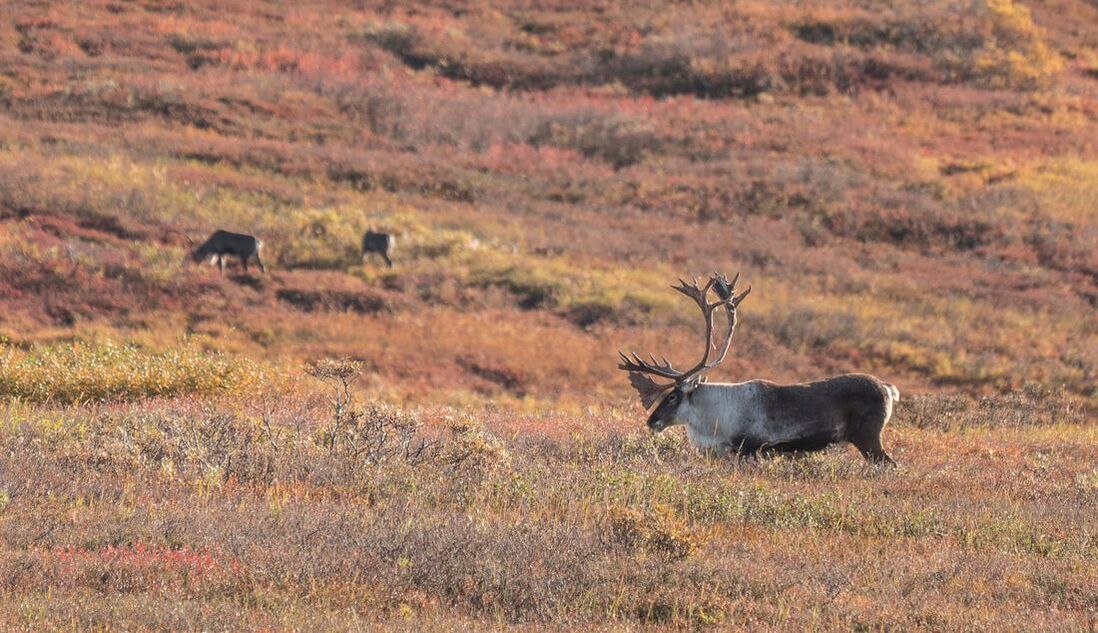
 RSS Feed
RSS Feed